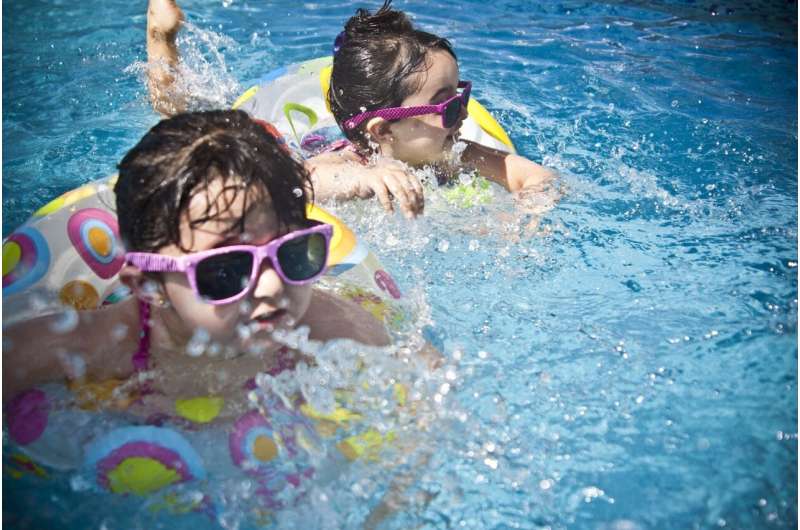Essential Water Safety Tips to Prevent Drowning Incidents

Learn essential water safety tips to prevent drowning in children and adults. Proper supervision, safety barriers, and swim education are vital for water accident prevention.
Water safety is a critical aspect of preventing drownings, particularly among children during the summer months. Drowning can occur silently and rapidly, even in shallow waters, making vigilance and proper precautions essential year-round. Experts from Baylor College of Medicine emphasize that supervising children consistently is vital, regardless of their swimming skills. Dr. Rohit Shenoi, a professor of pediatric emergency medicine, highlights that all children should be closely monitored near any water source, as even the most skilled swimmers are vulnerable in adverse conditions.
Parents and guardians must implement multiple safety measures when around water. Enclosing pools and hot tubs with secure fencing that is at least 4 feet tall, non-climbable, with self-latching gates, helps prevent unsupervised access. Above-ground pools should also be similarly secured. It is important to evaluate potential water hazards before allowing children to swim and to maintain constant, attentive supervision—meaning the child should be within touching distance to respond immediately if needed.
Supervisors should be capable of responding promptly, which includes knowing how to perform CPR. Wearing properly fitted, U.S. Coast Guard-approved life jackets is crucial, especially when near natural waters or boating. Inflatable flotation devices are not substitutes for certified life jackets, which provide better protection against drowning.
Children should begin swim lessons early—American Academy of Pediatrics recommends starting after age one—focusing on water acclimation, safety, and basic survival skills. By ages 4 or 5, children can learn essential water safety and swimming techniques, such as surface recovery, floating, treading water, and swimming 25 yards.
In the event of a drowning, immediate action is vital. Rescuing the individual, checking for breathing and pulse, and calling emergency services to perform CPR can save lives. It’s also important to recognize that drowning risk persists beyond childhood, as teenagers and adults can also be vulnerable, often due to risky behaviors or overestimating their swimming abilities.
Home safety is equally important. Always supervise children during bath time, keep toilet lids closed, empty buckets of water, and remove inflatable pools when not in use. The myth of "dry drowning" is inaccurate; drowning either results in death or a medical diagnosis of nonfatal drowning, emphasizing the importance of swift rescue and proper medical care.
Overall, education, supervision, protective barriers, and awareness are key to preventing drowning. Staying vigilant and prepared can significantly reduce the risk of water-related tragedies. source: https://medicalxpress.com/news/2025-06-safety-guidelines.html
Stay Updated with Mia's Feed
Get the latest health & wellness insights delivered straight to your inbox.
Related Articles
Study Finds Unexpected Risk of Atrial Fibrillation in Elite Olympian Rowers
A new study reveals that elite rowers face a higher risk of atrial fibrillation, highlighting the need for early detection and tailored prevention strategies in endurance athletes.
Innovative AI Algorithm Enhances Detection of Pancreatic Cancer Metastasis to Prevent Unnecessary Surgeries
A novel deep learning algorithm developed by CNIO accurately predicts metastasis in pancreatic cancer using routine imaging, helping to avoid unnecessary surgeries and improve treatment planning.
Comparative Review Evaluates Effectiveness and Safety of Treatments for Hidradenitis Suppurativa
A recent review in JAMA Dermatology compares the efficacy and safety of various treatments for moderate-to-severe hidradenitis suppurativa, highlighting promising biologic options and the need for further research.
Innovative Beta Cell Replacement Therapy Shows Promise for Type 1 Diabetes Cure
A novel stem cell–derived islet therapy, zimislecel, shows promise in restoring insulin production and eliminating severe hypoglycemia in adults with type 1 diabetes, offering new hope for a scalable cure.



